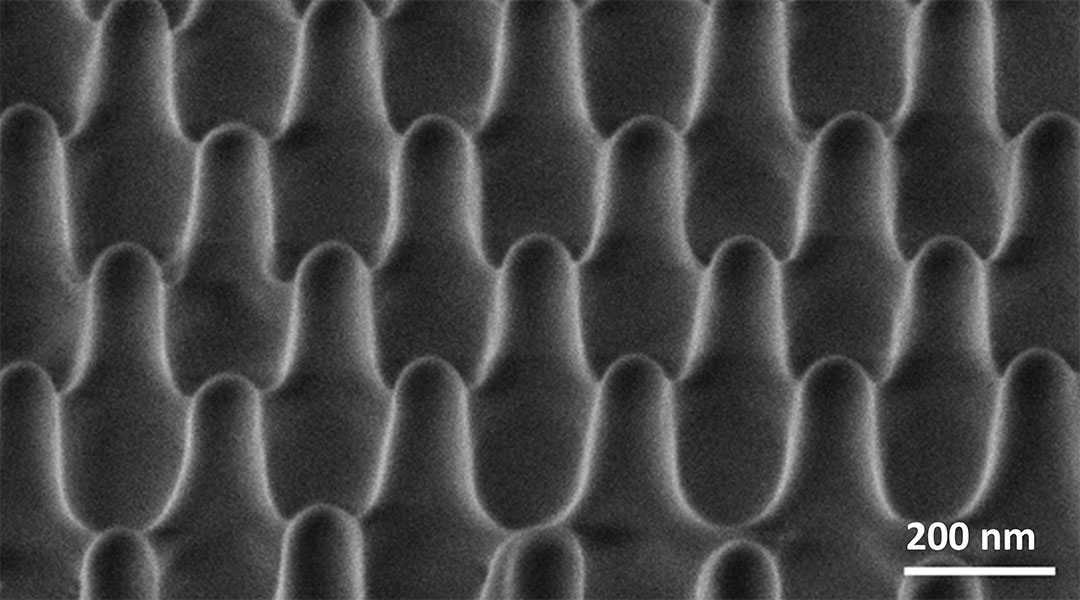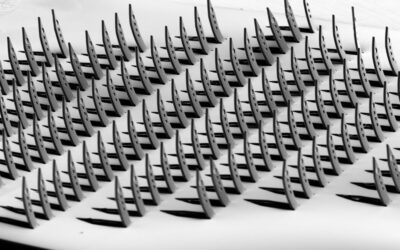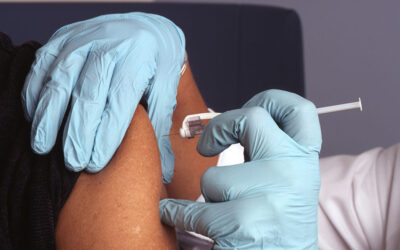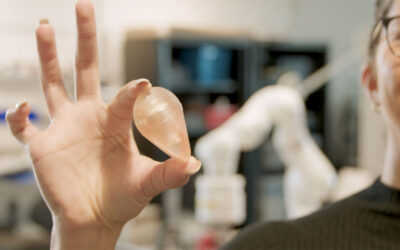A team of scientists has taken a deep dive into the use of nanomaterials and the application of force to bacteria as alternative strategies to combat bacterial resistance to traditional antibiotics, primarily focusing on the question: how much force does it take to kill a bacterium.
Bacteria are single-celled organisms that, though often harmless or even useful to humans such as when helping to digest food in our guts, can also cause disease and infection. These infections can range from painful but non-lethal conditions like ear infections and urinary tract infections to potentially deadly conditions like tuberculosis, diphtheria, and bacterial meningitis.
Commonly, bacteria are combated with antibiotics. However, humanity faces a looming global health threat where bacteria have evolved to overcome the drugs designed to treat them. This antibiotic resistance crisis has been primarily caused by the overuse of antibiotics.
According to the UN environment program, antibiotic resistance was associated with an estimated five million deaths in 2019, and if left unchecked, it could have a catastrophic impact on people and the economy. This has sparked interest in alternative methods of combating them.
Mechanical destruction
One avenue of intense investigation is the mechanical destruction of bacterial cells, and the use of sharp-surfaced nano-materials to deliver this force. This attack on bacteria is already being applied by medical devices such as implants, catheters, and surgical tools to avoid bacterial infections. Potential applications could extend to food packaging and water filtration.
However, this progress is somewhat hindered by a lack of understanding of what it takes to mechanically-induce bacterial death. But how hard could it possibly be to destroy a single-celled microscopic organism?
“You might wonder if it’s possible to kill a bacterium by simply stepping on it,” said team member and University of Extremadura researcher Virginia Vadillo-Rodríguez. “Assuming a 70 kg person standing on one leg, the force exerted is around 700 N, much greater than that required to break a bacterium!”
The answer is all about how that force is delivered to the individual bacterium. To understand how to effectively do that, scientists need a small material indeed, and they also need to understand the interaction between these materials and the bacteria.
“Understanding cell-material interactions is important to provide design rules that will improve currently available biomaterials,” said team leader and senior researcher at IMDEA Nanoscience Institute Cristina Flors. “However, fundamental aspects of this interaction are poorly understood. This is in part due to the challenges associated with the characterization of the interface in a biologically relevant environment.”
Flors explained that her team’s work aims to develop novel microscopy tools to address cell-material interaction as part of wider efforts to address the issue of anti-bacterial resistance. Specifically, they focus on the interaction between bacteria and mechano-bactericidal nanomaterials.
“These materials are sharp nanoparticles or features nanofabricated on a surface that can produce physical damage on a bacterial cell wall,” Flors said. “Mechano-bactericidal strategies, which are based on purely physical or mechanical interactions and therefore not susceptible to inducing microbial resistance, may provide an alternative to standard antibiotics.”
Killing bacteria with an “atomic stiletto”
To conduct their research, Flors and colleagues used a technique called atomic force microscopy (AFM), which Flors explained is a very useful tool for measuring mechanical properties as well as manipulating bacterial cells at the nanoscale.
“[There are] several AFM experiments that have been conducted by different laboratories in which a sharp tip simulates a mechano-bactericidal material,” Flors said. “Force is applied to the tip in a controlled way until a cell wall rupture event is detected. In our original experiments reported a few years back, we were able to measure simultaneously […]the integrity of the cell wall, which helps interpret the AFM data.”
Flors and her team [C2] have collected the values from these experiments and have concluded that, depending on the type of bacteria and the experimental conditions used, killing bacterium requires a few nano newtons (nN) to a few tens of nN.
For context, there are one billion nN in a Newton (N), the unit used to measure force, and it takes from 0.47 N to 2.54 N to press a key on a computer keyboard. That means there’s more than enough force in a human touch to obliterate bacteria. Unfortunately, combating these microscopic organisms is a little more complex than just applying force.
“However, what we really need to consider is the pressure, which is calculated by dividing the force by the contact area. The stepping force is spread over the much larger surface of the foot, with an estimated pressure of 0.03 megapascals, compared to 0.1 to 4 megapascals in our experimental conditions. Therefore, it would not be possible to kill a bacterium by stepping on it unless you wear really sharp stilettos!”
Clearly, killing bacteria is a tricky business, and not just any material will do the trick, hence the interest in mechano-bactericidal materials. In the team’s experiments with bacteria, the force is applied at a 90⁰ angle to the bacterium’s surface in a controlled way. However, a pertinent question for researchers in the future is how such a force can be generated and applied beyond the lab, in real-world scenarios when bacteria meet and interact with nanomaterials.
Flors and colleagues now intend to continue their research into the interaction between these materials and bacteria to help researchers develop better mechano-bactericidal materials.
These materials could find themselves deployed in the medical equipment described above to provide a more effective bacteria-killing interface, and could eventually expand into uses like water filtration and could even one day become part of our everyday lives by working their way into food packaging and even on to food preparation surfaces.
Reference: Virginia Vadillo-Rodríguez, Patricia Pedraz, Cristina Flors, How Much Force is Needed to Kill a Single Bacterium? Small (2025). DOI: 10.1002/smll.202407990

















